Risk Communication Strategies to Reduce Exposures and Improve Health: Session IV - Communication Toolkits to Communicate Environmental Risks
Sponsored by: NIEHS Superfund Research Program
Archived: Friday, October 22, 2021
The NIEHS Superfund Research Program (SRP) is hosting a Risk e-Learning webinar series focused on strategies to communicate potential environmental health risks to reduce exposures and improve health.
The four-part series will showcase effective risk communication strategies and how they have been tailored to the needs of diverse communities. Presentations will also highlight first-hand experiences designing risk communication messages and campaigns, evaluating impact, and adapting communication strategies for different populations. The webinar series builds on an SRP workshop held in June 2021.
The fourth and final session will feature work by SRP-funded researchers who are translating research into communication tools and tailoring them for specific community needs. These specialized tools work to successfully communicate health risks and increase environmental health literacy.
BJ Cummings, M.A., and Lisa Hayward Watts, Ph.D., of the University of Washington SRP Center, will discuss how community and agency partners were involved in developing multilingual videos as the preferred tool for communication of risk from fishing in the Lower Duwamish Waterway Superfund Site. Presenters will emphasize the empowerment process used to select and develop the project. We will also discuss challenges in resolving different risk perspectives and messaging needs and how we've adapted our approach in subsequent projects.
Julia Brody, Ph.D., of Silent Spring Institute, and Phil Brown, Ph.D., of the Northeastern University SRP Center, will describe the process of reporting back personal biomonitoring and environmental exposure results. Examples will range from their earliest paper-based methods to their Digital Exposure Environmental Report Back Interface (DERBI) in its computer and smartphone versions. They will also address elements of training clinicians to use report-back methods.
Kathleen Gray, Ph.D., Sarah Yelton, M.S., and Megan Rodgers, M.E.A., of the University of North Carolina at Chapel Hill SRP Center will share their process for collaborating with diverse partners to communicate about potential environmental health risks. Featured projects address fish consumption advisories, toxic metals contamination of well water, and PFAS in water and air.
Accessibility, Recording, and Content Disclaimer
Rehabilitation Act Notice for Reasonable Accommodation
It is EPA's policy to make reasonable accommodation to persons with disabilities wishing to participate in the agency's programs and activities, pursuant to the Rehabilitation Act of 1973, 29 U.S.C. 791. Any request for accommodation should be made to Mali Velasco Delgado at 919-794-4708 or mali.velascodelgado@nih.gov, preferably one week or more in advance of the webinar, so that EPA will have sufficient time to process the request. EPA would welcome specific recommendations from requestors specifying the nature or type of accommodation needed. Please note that CLU-IN provides both alternate phone call-in options and closed captioning for all webinars, and requests for these specific accommodations are not necessary.
Webinar Recording
By participating in this CLU-IN webinar, you automatically agree to authorize recording of audio and visual content presented during this live event and consent to subsequent use of this recording in the public domain by the U.S. Environmental Protection Agency. This recording may include questions, comments and poll responses provided by you during the live event in addition to your name, voice, image or likeness. This recording will be made available after the conclusion of the live event as part of the CLU-IN webinar archives, and will remain available indefinitely. If you do not wish to consent to the recording, please do not join the live event, and contact Jean Balent at 202-566-0832 or balent.jean@epa.gov to discuss your concerns.
Content Disclaimer
This webinar is intended solely to provide information to the public. The views and opinions expressed as part of this webinar do not necessarily state or reflect those of the U.S. Environmental Protection Agency. It is not intended, nor can it be relied upon, to create any rights enforceable by any party in litigation with the United States, or to endorse the use of products or services provided by specific vendors. With respect to this webinar, neither the United States Government nor any of their employees, makes any warranty, express or implied, including the warranties of merchantability and fitness for a particular purpose, or assumes any legal liability or responsibility for the accuracy, completeness, or usefulness of any information, apparatus, product, or process disclosed, or represents that its use would not infringe privately owned rights.
Presenters:
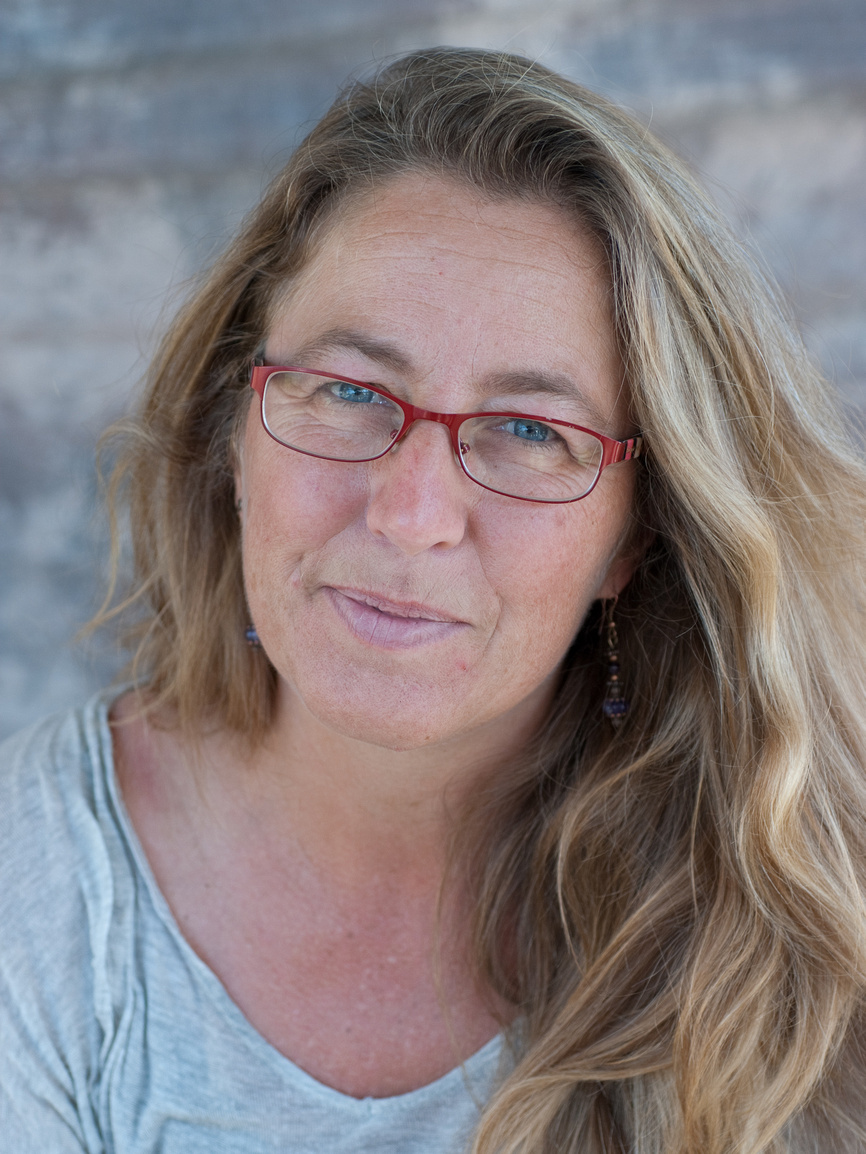 BJ Cummings, M.A., University of Washington SRP Center (bjcumngs@uw.edu)
BJ Cummings, M.A., University of Washington SRP Center (bjcumngs@uw.edu)
BJ Cummings, M.A., manages community engagement for the University of Washington's Superfund Research Program and EDGE Center (Interdisciplinary Center for Exposures, Diseases, Genomics and Environment) in the Department of Environmental and Occupational Health Sciences, UW School of Public Health. She founded the Duwamish River Cleanup Coalition in 2001 and is co-author of several community health studies. She is author of The River That Made Seattle: A Natural and Human History of the Duwamish (UW Press 2020), and has been awarded the River Network's national River Hero award for her work leading community-based clean up and restoration of the Duwamish River.
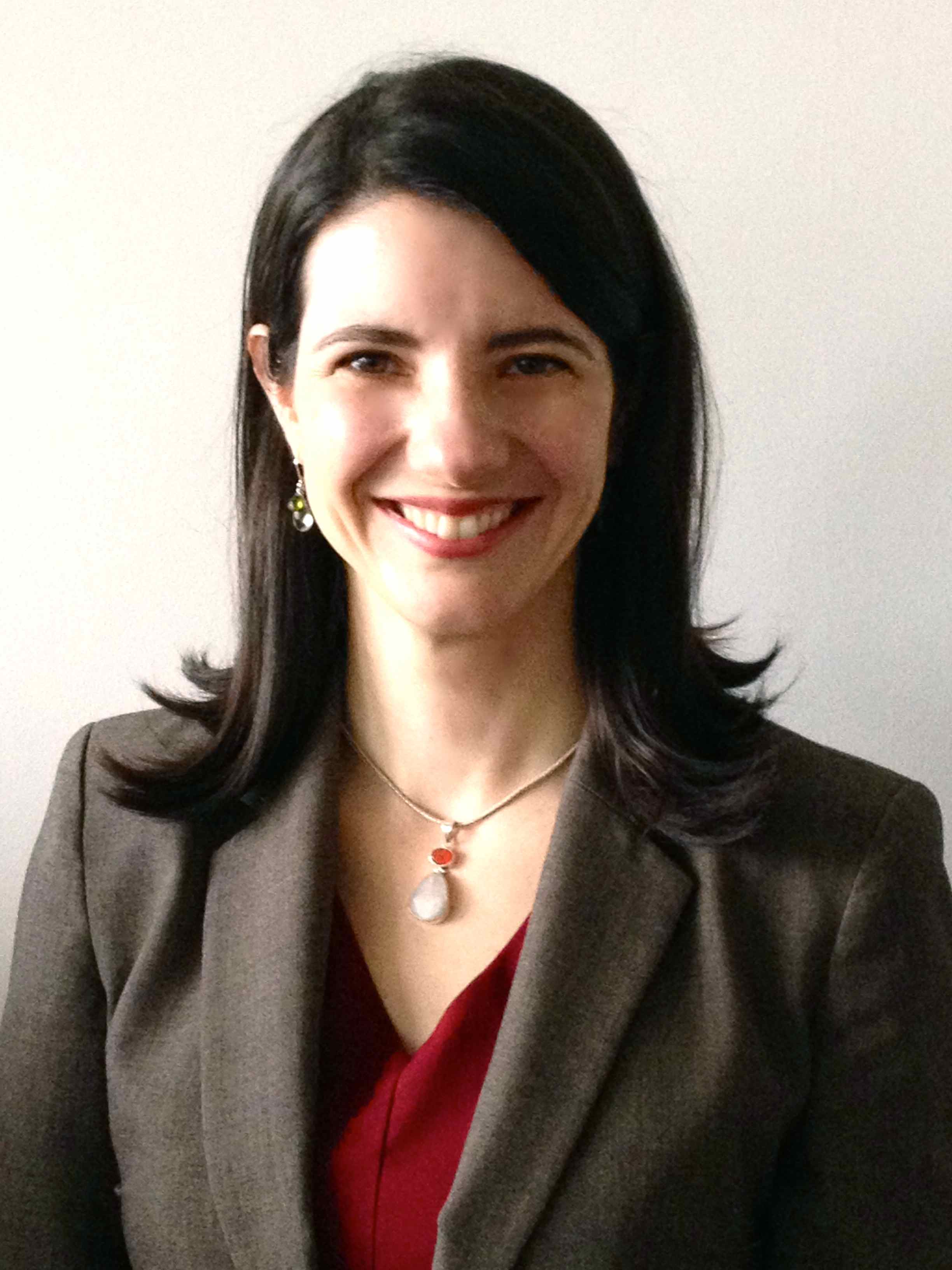 Lisa Hayward Watts, Ph.D., University of Washington SRP Center (lhayward@uw.edu)
Lisa Hayward Watts, Ph.D., University of Washington SRP Center (lhayward@uw.edu)
Lisa Hayward Watts, Ph.D., is a manager of communications in the Department of Environmental and Occupational Health at the University of Washington (UW). She manages research translation for the UW Superfund Research Program and co-manages community engagement for the UW Interdisciplinary Center for Exposures, Diseases, Genomics and Environment. Prior to joining UW, she was a AAAS Science and Technology Policy Fellow with the American Association for the Advancement of Science and managed communications for the Northwest Climate Science Center. She has a Ph.D. in Biology from UW and a bachelor's degree in biology and English from Carleton College.
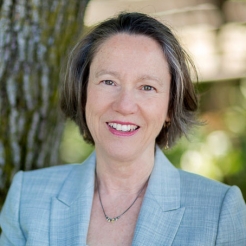 Julia Brody, Ph.D., Silent Spring Institute and Northeastern University SRP Center (brody@silentspring.org)
Julia Brody, Ph.D., Silent Spring Institute and Northeastern University SRP Center (brody@silentspring.org)
Julia Brody, Ph.D., executive director and senior scientist, leads Silent Spring Institute's strategic approach to uncovering the environmental links to breast cancer. She is a nationally recognized expert on environmental chemicals and breast cancer, as well as a leader in community-based research and public engagement in science. Brody's current research focuses on reporting back to people who participate in environmental health studies to inform them of their own chemical exposures.
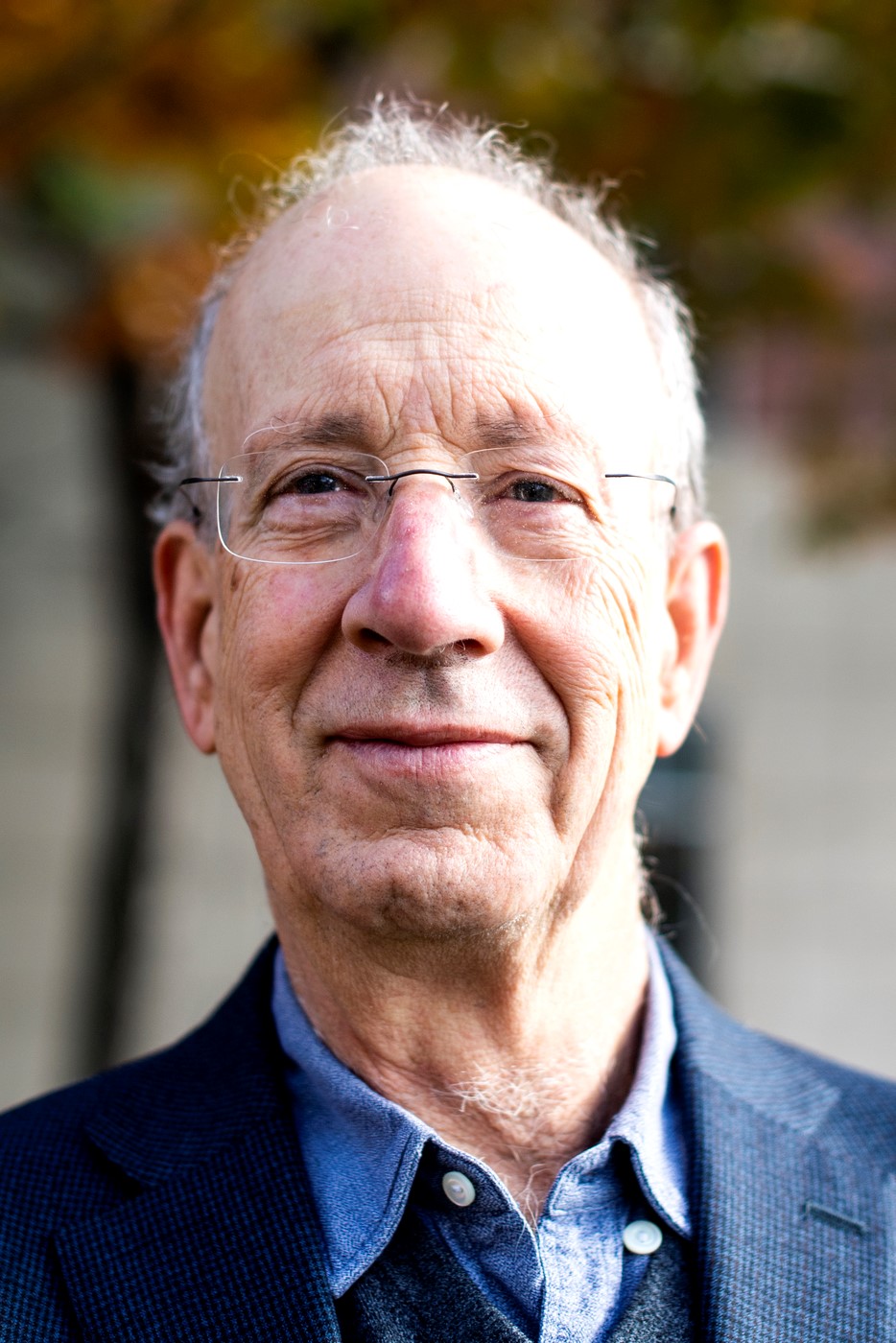 Phil Brown, Ph.D., Northeastern University SRP Center (p.brown@neu.edu)
Phil Brown, Ph.D., Northeastern University SRP Center (p.brown@neu.edu)
Phil Brown, Ph.D., is University Distinguished Professor of Sociology and Health Science at Northeastern University, where he directs the Social Science Environmental Health Research Institute and co-directs its PFAS Project Lab to study children's immune responses to PFAS and community response to contamination, and to develop a nationwide report-back and information exchange. He directs an NIEHS training program, co-directs the Community Outreach and Translation Core of Northeastern's Children's Environmental Health Center, and is Research Translation Coordinator and Co-director of the Community Engagement Core of Northeastern's Superfund Research Program.
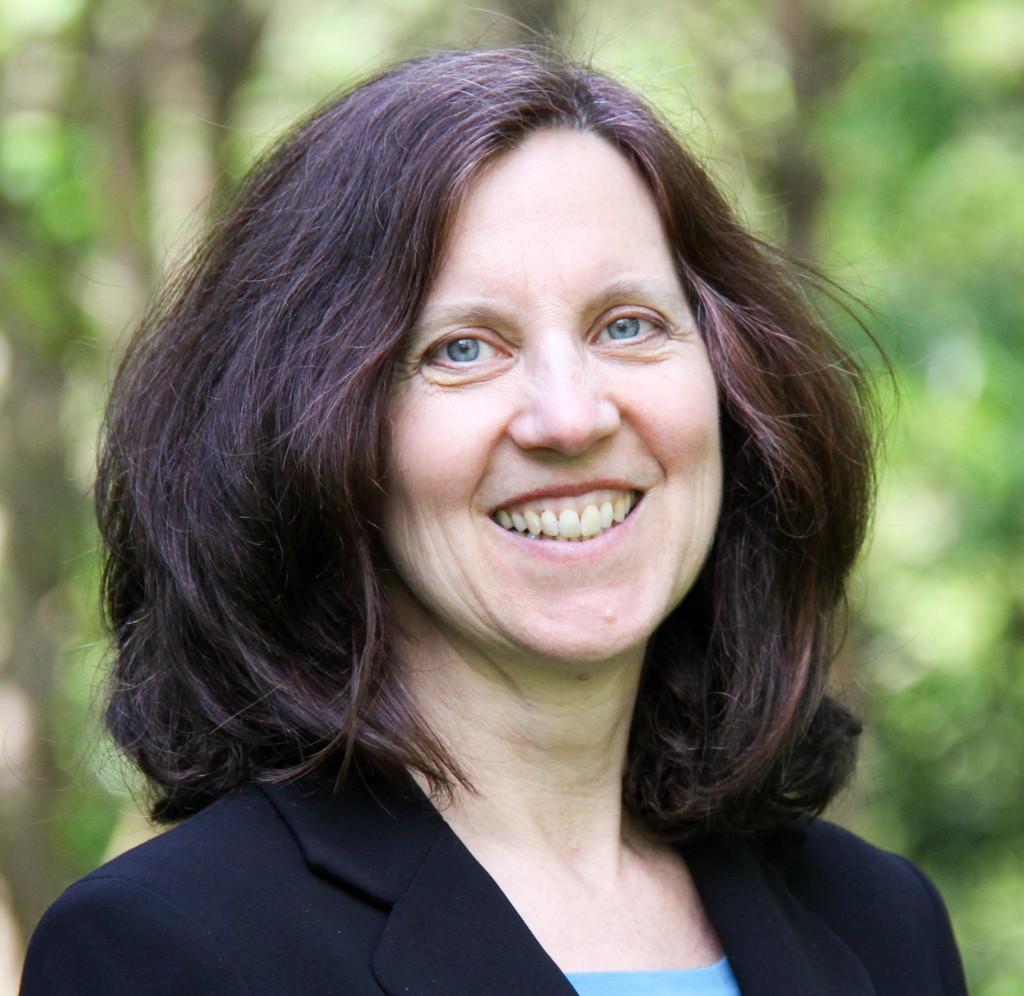 Kathleen Gray, Ph.D., University of North Carolina at Chapel Hill SRP Center (kmgray@email.unc.edu)
Kathleen Gray, Ph.D., University of North Carolina at Chapel Hill SRP Center (kmgray@email.unc.edu)
Kathleen Gray, Ph.D., is a research associate professor and leads the Center for Public Engagement with Science in the University of North Carolina at Chapel Hill (UNC) Institute for the Environment (UNC-IE) and the Community Engagement Core (CEC) in the UNC Superfund Research Program (SRP). Gray and the SRP CEC collaborate with stakeholders across NC—including residents of vulnerable communities and local/state environmental and health departments—to increase understanding of harmful environmental exposures and enhance capacity to reduce or remove these exposures. Dr. Gray's recent scholarship focuses on environmental health literacy in the context of well water contamination and communication of fish consumption advisories.
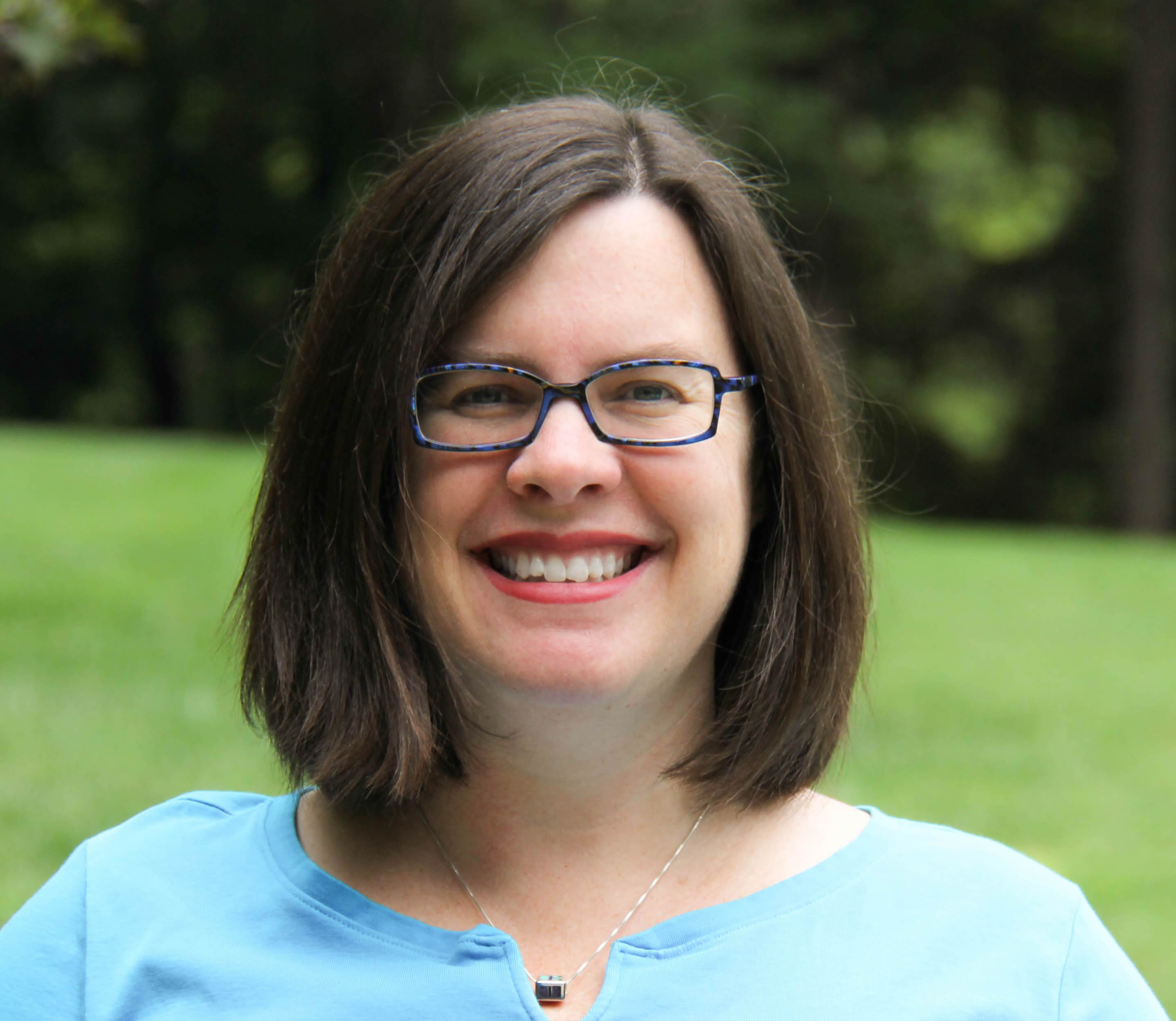 Sarah Yelton, M.S., University of North Carolina at Chapel Hill SRP Center (sarah.yelton@unc.edu)
Sarah Yelton, M.S., University of North Carolina at Chapel Hill SRP Center (sarah.yelton@unc.edu)
Sarah Yelton, M.S., is the UNC-IE environmental education and citizen science program manager and the UNC SRP research translation coordinator. Ms. Yelton connects UNC SRP with key state and federal agency stakeholders, trains researchers and students in science communication skills, and develops innovative communications and educational programming. She has decades of experience working with K-12 teachers to build their capacity to incorporate current environmental science into classroom instruction and has facilitated implementation/expansion of several community science projects developed at UNC-Chapel Hill, including UNC SRP's Well Empowered.
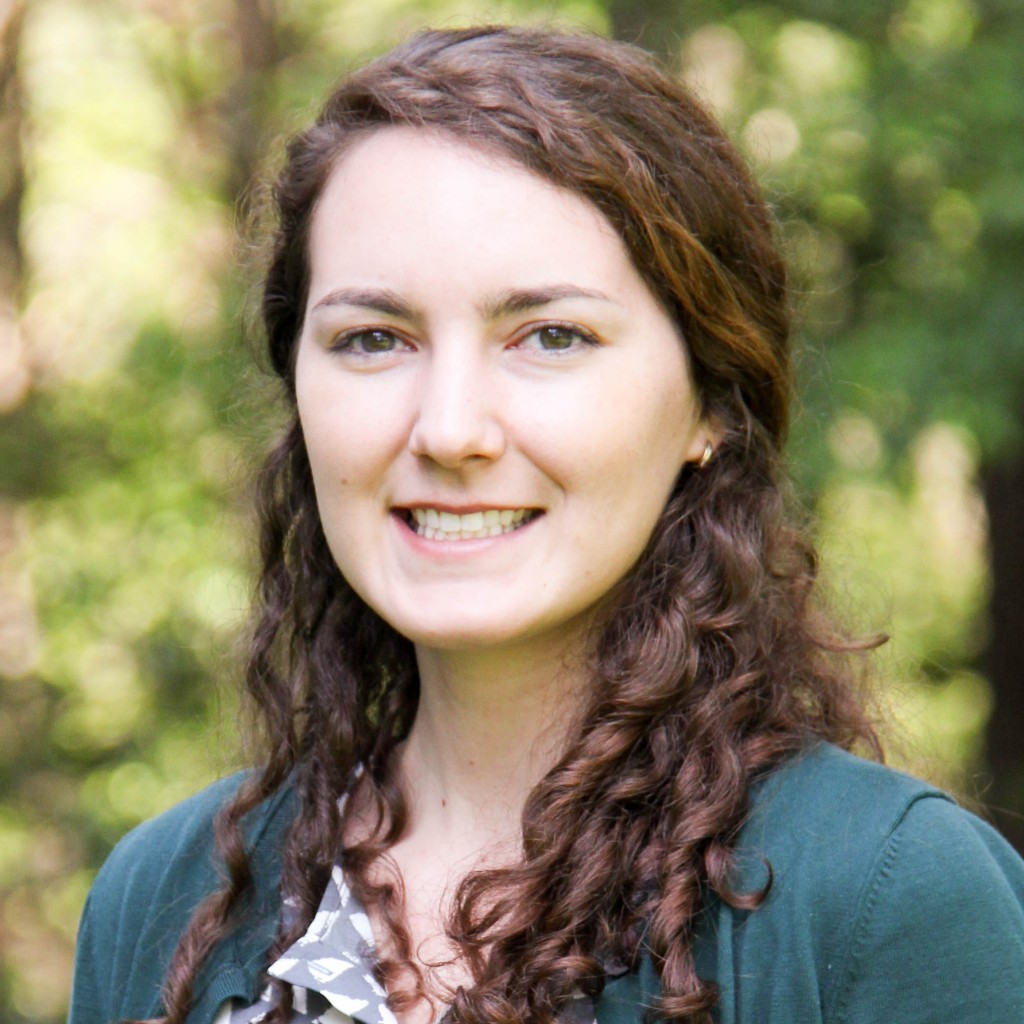 Megan Rodgers, M.E.A., University of North Carolina at Chapel Hill SRP Center (megan.rodgers@unc.edu)
Megan Rodgers, M.E.A., University of North Carolina at Chapel Hill SRP Center (megan.rodgers@unc.edu)
Megan Rodgers, M.E.A., is the UNC-IE public science and internship coordinator and UNC SRP research translation associate. Ms. Rodgers supports engagement with SRP's state and federal agency stakeholders and develops innovative communications and educational materials. She also implements environmental health programming with public health and housing professionals across NC, including GIS-based analysis of potential environmental health hazards, and co-convenes the NC Lead and Healthy Homes Task Force.
Moderators:
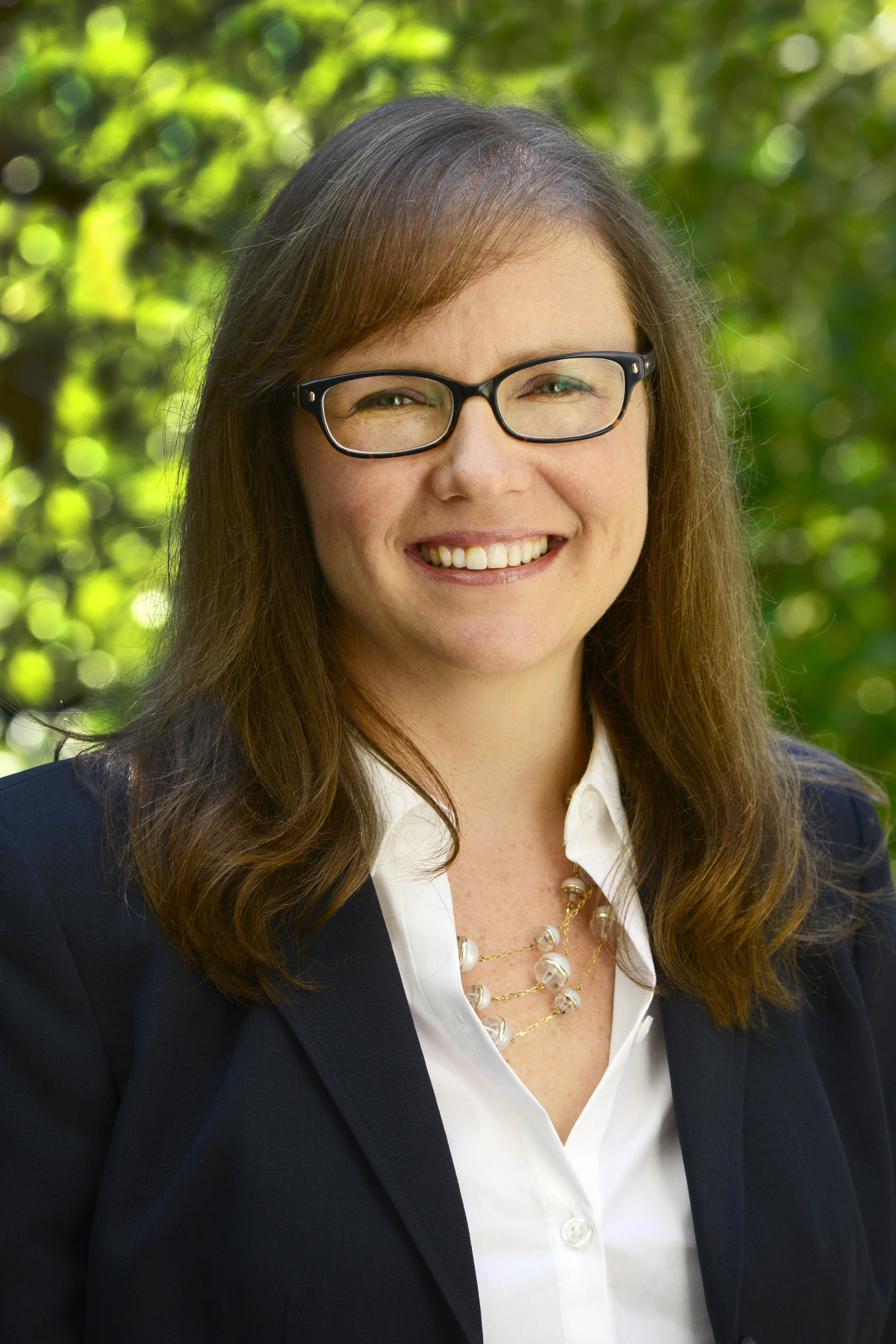 Demia Wright, M.P.H., NIEHS Worker Training Program (demia.wright@nih.gov)
Demia Wright, M.P.H., NIEHS Worker Training Program (demia.wright@nih.gov)
Demia Wright, M.P.H., is a Public Health Educator in the Worker Training Program, Division of Extramural Research and Training at NIEHS. She administers cooperative agreements for the program, supporting grantees that provide occupational health and safety training for workers engaged in activities related to hazardous materials and emergency response. Ms. Wright serves as the lead for the NIEHS/Department of Energy Nuclear Worker Training Program, and also provides health education expertise to the Worker Training Program in the areas of program evaluation and communications.
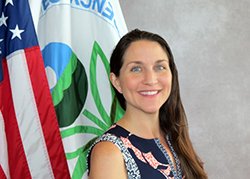 Jean Balent, U.S. EPA Technology Innovation and Field Services Division (balent.jean@epa.gov or 202-566-0832)
Jean Balent, U.S. EPA Technology Innovation and Field Services Division (balent.jean@epa.gov or 202-566-0832)
Ms Balent is on the staff of the EPA's Technology Innovation and Field Services Division where she has worked to collect and disseminate hazardous waste remediation and characterization information since 2003. Ms Balent manages the Clean Up Information Network website and actively supports online communication and collaboration resources available to EPA. She formerly worked with the US Army Corps of Engineers Environmental Engineering Division in the Buffalo District. Ms Balent was also a member of the SUNY-Buffalo Groundwater Research Group where she constructed and tested large scale models of groundwater flow. Ms Balent has also conducted research relating to the Great Lakes, environmental remediation, and brownfields re-development. She holds a Bachelor's degree in environmental engineering from SUNY-Buffalo and a Master's degree in Information Technology from AIU.
Webinar Slides and References:
-
 Slide Presentation for BJ Cummings, M.A., and Lisa Hayward Watts, Ph.D., University of Washington (1.47MB/PDF)
Slide Presentation for BJ Cummings, M.A., and Lisa Hayward Watts, Ph.D., University of Washington (1.47MB/PDF)
-
 Slide Presentation for Julia Brody, Ph.D., Silent Spring Institute, and Phil Brown, Ph.D., Northeastern University SRP Center (2.18MB/PDF)
Slide Presentation for Julia Brody, Ph.D., Silent Spring Institute, and Phil Brown, Ph.D., Northeastern University SRP Center (2.18MB/PDF)
-
 Slide Presentation for Kathleen Gray, Ph.D., Sarah Yelton, M.S., and Megan Rodgers, M.E.A., University of North Carolina at Chapel Hill (4.63MB/PDF)
Slide Presentation for Kathleen Gray, Ph.D., Sarah Yelton, M.S., and Megan Rodgers, M.E.A., University of North Carolina at Chapel Hill (4.63MB/PDF)
Webinar Slides and References:
-
 Slide Presentation for BJ Cummings, M.A., and Lisa Hayward Watts, Ph.D., University of Washington (1.47MB/PDF)
Slide Presentation for BJ Cummings, M.A., and Lisa Hayward Watts, Ph.D., University of Washington (1.47MB/PDF)
-
 Slide Presentation for Julia Brody, Ph.D., Silent Spring Institute, and Phil Brown, Ph.D., Northeastern University SRP Center (2.18MB/PDF)
Slide Presentation for Julia Brody, Ph.D., Silent Spring Institute, and Phil Brown, Ph.D., Northeastern University SRP Center (2.18MB/PDF)
-
 Slide Presentation for Kathleen Gray, Ph.D., Sarah Yelton, M.S., and Megan Rodgers, M.E.A., University of North Carolina at Chapel Hill (4.63MB/PDF)
Slide Presentation for Kathleen Gray, Ph.D., Sarah Yelton, M.S., and Megan Rodgers, M.E.A., University of North Carolina at Chapel Hill (4.63MB/PDF)
Additional Resources:
- Visit the NIEHS Superfund Research Program (SRP) Risk e-Learning page to learn more about this webinar series.
- Email srpinfo@mail.nih.gov to be added to the SRP Risk e-Learning listserv.
- Take a look at the SRP Risk Communication Strategies to Reduce Exposures and Improve Health workshop report and workshop resources.
Resources for Cummings and Hayward Presentation
Resources for Brody and Brown Presentation
Resources for Gray, Yelton, and Rodgers Presentation
- NC PFAST Network
- Gray KM, LePrevost CE, Cope WG. 2020. Anglers' Views on Using Signs to Communicate Fish Consumption Advisories. Fisheries Magazine.
If you have a suggested topic or idea for a future CLU-IN internet seminar, please contact:
Technology Integration and Information Branch
PH: 202-566-0832 | Email: balent.jean@epa.gov
Technology Integration and Information Branch
PH: 202-566-0875 | Email: adam.michael@epa.gov





